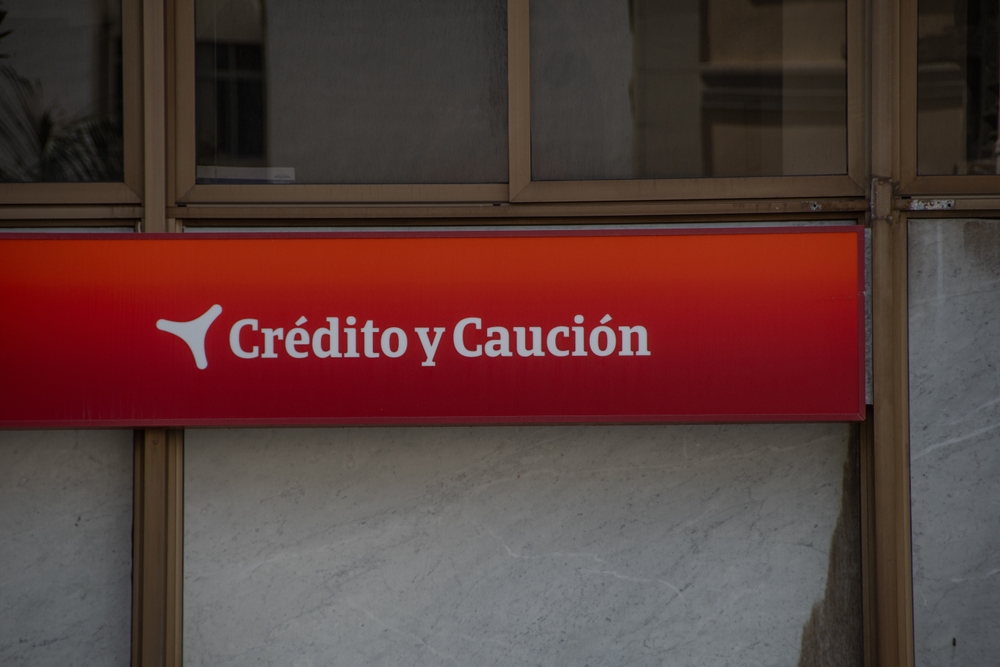“Aspiration to implementation” is the best way to describe India’s surety market. The turning point came with the Insurance Regulatory and Development Authority of India’s (IRDAI) Surety Insurance Contracts Guidelines, 2022, which formally enabled general insurers to write surety and framed underwriting, governance, and risk limits for the class. Those rules, effective April 1, 2022, gave India a modern regulatory scaffold for a product long dominated by bank guarantees (Clyde & Co. 2024). Policy signals then aligned around public procurement. In February 2022, the Ministry of Finance amended the General Financial Rules (GFR) to put insurance surety bonds at par with bank guarantees for all central government purchases. Subsequent communications from infrastructure agencies, notably the National Highways Authority of India (NHAI), reinforced the message to contractors and carriers that surety is an accepted security instrument across bid and performance phases. In short, the state became the anchor buyer and early adopter (Press Trust of India 2022; Times of India 2024).
Evidence of traction is emerging. By May 2024, about 700 surety bonds totaling approximately ₹3,000 crore had been issued, including large performance bonds above ₹100 crore; NHAI reported receiving over a hundred bonds in a single month. These figures remain small relative to India’s multi-trillion-rupee bank guarantee universe, but they mark a measurable first season for an entirely new insurance line (Economic Times 2024). The rapid evolution has become attractive to non-Indian operators. Foreign insurers frequently ask whether they can be directly licensed in India to write surety. The short answer is no: overseas, non-admitted carriers cannot write direct insurance business in India. To issue surety domestically, a carrier must be an Indian-incorporated general insurer registered under the Insurance Act, 1938 and licensed by IRDAI. Minimum paid-up capital of ₹100 crore applies to general insurers. Foreign participation is possible but only as equity in an Indian insurer, historically subject to an FDI cap (raised to 74 percent in 2021) and the sector’s ownership and control safeguards (Government of India 2021). A further increase to 100 percent was proposed in 2025, but this remains only a policy proposal. Procedurally, entry is a two-stage IRDAI process. Applicants seek issuance of Form IRDAI/R1 (the initial approval), then file the IRDAI/R2 registration application within prescribed validity windows; a Master Circular on Registration (2023) consolidates formats and clarifications (IRDAI 2023). These touchpoints are where promoters’ “fit and proper” status, shareholding patterns, governance, and business plans are tested.
The 2022 surety guidelines included several guardrails to manage a nascent risk class, among them a cap that limited surety premium to 10 percent of an insurer’s gross written premium and a 30 percent exposure limit per contract. Recognizing that the initial settings constrained scale, IRDAI relaxed key levers in 2023–24: the solvency requirement for surety was reduced to 1.5 times of the control level (from 1.875 times), and the 30 percent per-contract cap was removed. In parallel, IRDAI carved out relief for monoline surety insurers, making the 10 percent gross written premium cap inapplicable to them, an explicit move to make standalone surety models viable (IRDAI 2024).
Reinsurance policy also shapes the business case. India maintains an obligatory cession of 4 percent of each general insurance policy to GIC Re, extended again for FY 2025–26; and a 2024 Master Circular on Reinsurance introduced collateral requirements for cross-border reinsurers. For a surety carrier these rules influence retentions, treaty design, and the economics of tapping international capacity, especially when facultative support is needed for large projects (IRDAI 2024b).
Several frictions confront any would-be surety class entrant. Capital, control, and corporate structuring demand careful planning. An entering group must capitalize an Indian general insurer at ₹100 crore (minimum) and navigate FDI, “significant owners,” and governance tests under the 2022 registration regime and 2023 Master Circular. Strategic choices, i.e., minority joint venture versus near-majority stake, carry consequences for board composition, control, and long-run optionality. Product and underwriting build-out are also quite important. Surety is a credit-substitute product that requires banking-style risk selection (contractor prequalification, work-on-hand analysis, indemnity structuring) and claims recovery capabilities. While the GFR amendment solved the “demand legitimacy” question for public works, market infrastructure (shared loss data, indemnity enforcement norms, and recovery track records) remains immature, elevating model risk and loss-given-default uncertainty in the terms of initial operation.
Solvency and growth must be balanced. The drop to 1.5 times solvency is helpful, but growth can still trap capital if a carrier ramps volumes faster than retained earnings allow, particularly for performance and advance payment exposures with long tails. Monoline relief from the ten percent gross written premium cap removes one brake, yet insurers must still evidence robust risk governance to satisfy IRDAI that rapid expansion will not erode policyholder protection. Fourth, reinsurance execution is nontrivial. Obligatory four percent cession to GIC Re is a known constant, but the collateralization requirement for cross-border reinsurers can complicate placements and marginally raise the cost of capacity for Indian cedants. New entrants should secure strong treaty partners early and be ready to accommodate local market preferences in their outward reinsurance.
Distribution strategy is critical. Surety is typically business-to-government and broker-led. In India, penetration will hinge on educating contractors and project owners, developing indemnity forms acceptable to banks, and aligning with intermediaries who already hold the contractor relationship. Early uptake numbers (approx, 700 bonds and ₹3,000 crore as of mid-2024) are promising but imply significant runway for market-making. Legal enforceability and claims practice are a SERIOUS consideration. Indian law recognizes contracts of guarantee under the Indian Contract Act, 1872, and the IRDAI guidelines explicitly cast surety as insurance only when issued by a licensed general insurer, which brings policyholder-protection norms into play. Still, the litigation environment (timelines for specific performance, recovery against indemnitors, and treatment in insolvency) will define long-run severity. Lawfirm analyses in 2024 flagged enforcement as an area to watch as jurisprudence develops (Clyde & Co. 2024).
Given the non-admitted prohibition, foreign surety groups may choose from three avenues: incubating a greenfield Indian general insurer, which is capital-intensive but offers clean control; taking a strategic stake in an existing general insurer and building a surety vertical, which is faster and leverages existing infrastructure; or participating as a reinsurer, including via an FRB at GIFT City for reinsurance only, supporting local cedants until the direct opportunity justifies a licensed platform. Each route sits within the same policy perimeter. There is no direct cross-border sale of surety to Indian obligees, ₹100 crore minimum capital to write direct business, and FDI up to 74 percent currently, with a 100 percent cap only proposed.
India has done the heavy regulatory lifting. The government has legitimized surety, made it acceptable in government procurement, and has tuned the regulatory paradigm to invite supply. Early issuance volumes suggest a healthy product/market fit, particularly for infrastructure. A potential carrier or holding company entrant must, however, understand that licensing is not a paper exercise. A would-be surety carrier must become an Indian insurer, satisfy capital and control rules, operationalize disciplined underwriting, and navigate a reinsurance market with local-content features. For those willing to invest in data, distribution, and recoveries, the prize is a first-mover foothold in what could become one of the world’s largest, most consequential surety markets over the next decade.
~ C. Constantin Poindexter, MA, JD, CPCU, AFSB, ASLI, ARe
Bibliography
- Clyde & Co. “Insurance Regulatory Round-Up 2023: Surety Bonds in India.” January 2024. https://www.clydeco.com.
- Economic Times. “700 Surety Bonds Worth Rs 3,000 Crore Issued Till May 2024: IRDAI.” Economic Times, June 2024. https://economictimes.indiatimes.com.
- Government of India. Insurance (Amendment) Act, 2021. New Delhi: Gazette of India, 2021.
- Insurance Regulatory and Development Authority of India (IRDAI). Master Circular on Registration of Insurers, 2023. Hyderabad: IRDAI, 2023.
- Insurance Regulatory and Development Authority of India (IRDAI). Surety Insurance Contracts Guidelines, 2022. Hyderabad: IRDAI, 2022.
- Insurance Regulatory and Development Authority of India (IRDAI). Amendments to Solvency and Exposure Norms for Surety, 2024. Hyderabad: IRDAI, 2024.
- Insurance Regulatory and Development Authority of India (IRDAI). Master Circular on Reinsurance, 2024. Hyderabad: IRDAI, 2024b.
- Press Trust of India. “Govt Amends GFR to Allow Surety Bonds for Public Procurement.” Business Standard, February 2022.
- Times of India. “NHAI Embraces Surety Bonds in Procurement Contracts.” Times of India, March 2024.








































